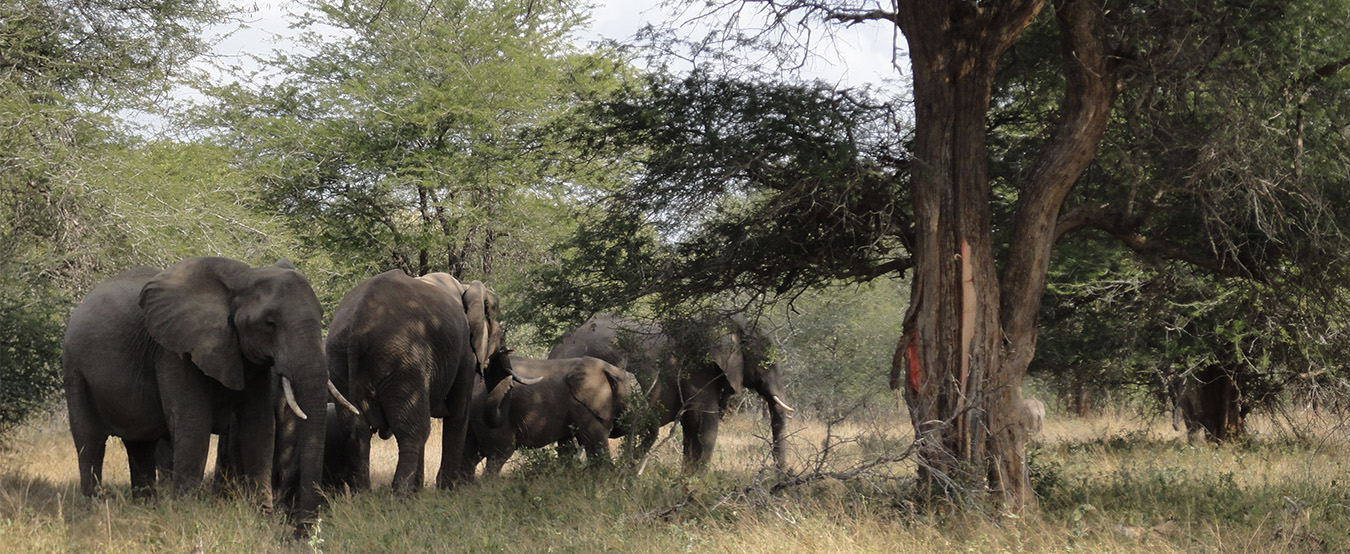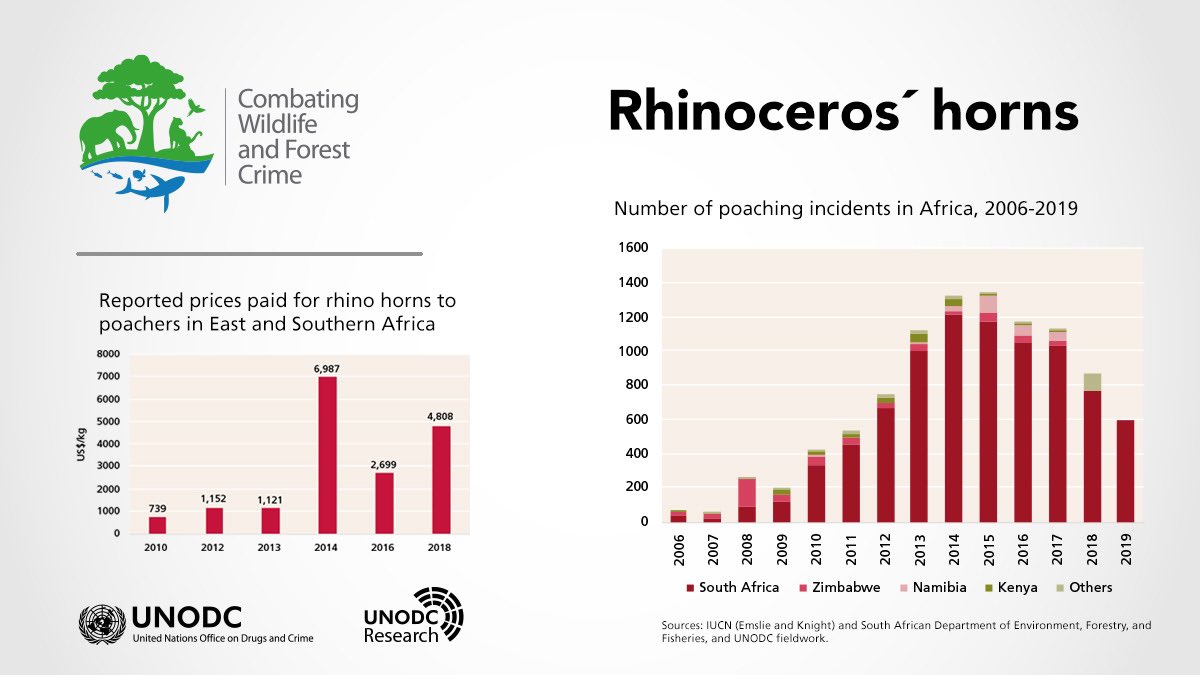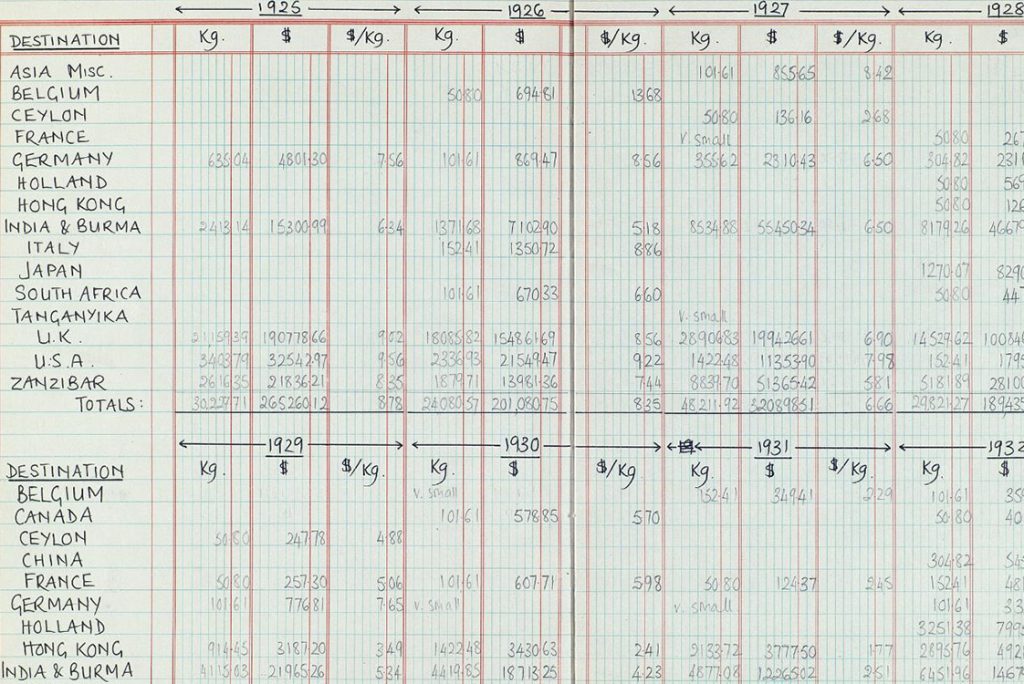
News Bulletin
PoachingFacts Book Review: Whatever You Do, Don’t Run: True Tales of a Botswana Safari Guide
Namibia Investigates Surge in Rhino Poaching in Etosha National Park
Convictions in Indonesia Mark Progress in the Fight Against Orangutan Trafficking
South Africa’s DFFE February 2024 report:
Rhinos: 499 killed during 2023
Elephants: Unreported
Namibia’s MEFT January 2023 report:
Rhinos: 87 killed (+42 from 2021)
Elephants: 4 killed (-6 from 2021)
Reported wildlife trafficking and seizures of animal parts have increased dramatically the past few years. The illicit wildlife and plant trade is estimated to be worth $70-213 billion a year (PDF) and infringes on the natural resources of countries and wealth of businesses around the world. These crimes contribute to the extinction of tigers, bears, elephants, rhinoceroses, pangolins, and hundreds of other incredible species while criminal organizations and rebel militias profit.
Demand for some high value wildlife products may be decreasing due to efforts to educate consumers and crackdown on organized crime groups. But poaching continues to be a low-risk, high-reward enterprise that harms wildlife populations in key regions. Support initiatives that matter so that you can help end demand for illegal wildlife products like tiger bones, pangolin scales, rhino horn, and elephant ivory.
Contributing to wildlife conservation and anti-poaching initiatives has become easier. While governments and private organizations race to save the world’s wildlife, you can get directly involved. Create your own fundraisers, assist researchers in the field, and volunteer in at-risk areas to insure the health and safety of wild animals for years to come.
PoachingFacts aims to put the essential resources in your hands with unbiased descriptions of historical events and raw facts so that you can make educated decisions and contribute to wildlife conservation in the most effective way possible.
Are resources available about the past and present poaching crises?
Poaching Facts provides a number of resources for layman, scholars, and students researching environmental crimes and wildlife conservation. We have collected a large array of data and information in our index of research, reports, and publications conducted by NGOs and governmental agencies. We also have a large list of wildlife and poaching news as well as documentaries and videos about front-line anti-poaching organizations and conservation groups as well as useful reference books for academics, and even book reviews for wildlife lovers.

Wildlife Trafficking & Criminal Profits
Most poachers and African criminal syndicates receive only 5-10% of the retail value for the animal parts they poach. Even in destitute parts of Africa and Asia this is little reward for what can be a very risky task of spending days tracking dangerous wildlife in their natural habitat. Coordinated efforts to exterminate rhino and elephants in central Africa, as well as systematic poaching in Southeast Asia and China, have made it easier for criminal syndicates to organize a market for tiger and leopard skins, elephant ivory, and rhino horn. This has provided a channel for low-level poachers and high-level rebel militias to sell their animal parts to middlemen who then smuggle the cargo en mass to destinations around the globe where the items are sold for exorbitant prices.
In 2013 the street-price for rhino horn in Asia was $60,000-100,000 per kilogram. At roughly $1,700-2,840 per ounce, more than the price of gold, it was believed to be a better investment than real estate and an easy way to show off wealth. According to anti-poaching forces in South Africa a Mozambican poacher would earn R100,000 ($10,000) per hunt or over R200,000 per horn depending on the middleman.
In January of 2015 Ugandan officials seized a shipment of 137 ivory tusks weighing 700 kg and destined for Amsterdam. The ivory in this shipment had an estimated street value of $1.5 million or $2,142 per kilo or roughly $973 per pound. As a result of international pressure to end the illicit ivory trade, as well as other factors impacting legal domestic markets where elephant ivory is still sold, the average price of ivory in China has fallen to $730 per kilogram ($331 per pound).
India’s diverse ecosystems suffer from the loss of its the native species of Bengal tiger, leopard, Indian rhinoceros, and Asian elephant. In 2009 a single tiger skin smuggled from India would sell for 650,000 rupees in China, approximately $134,000 or 91,920 yuan. However in recent years poaching and wildlife trafficking have received more attention and more poachers and traffickers are being sentenced to jail time for their crimes.

